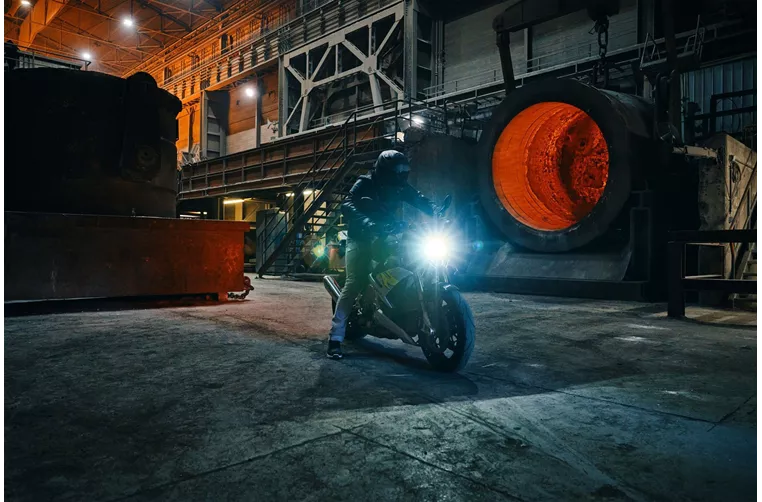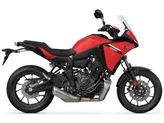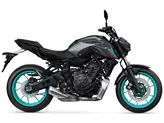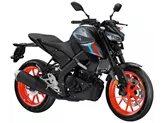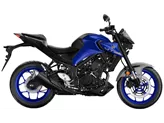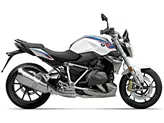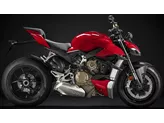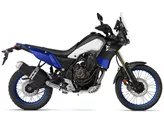BMW S 1000 R 2022 vs. Yamaha MT-07 2018
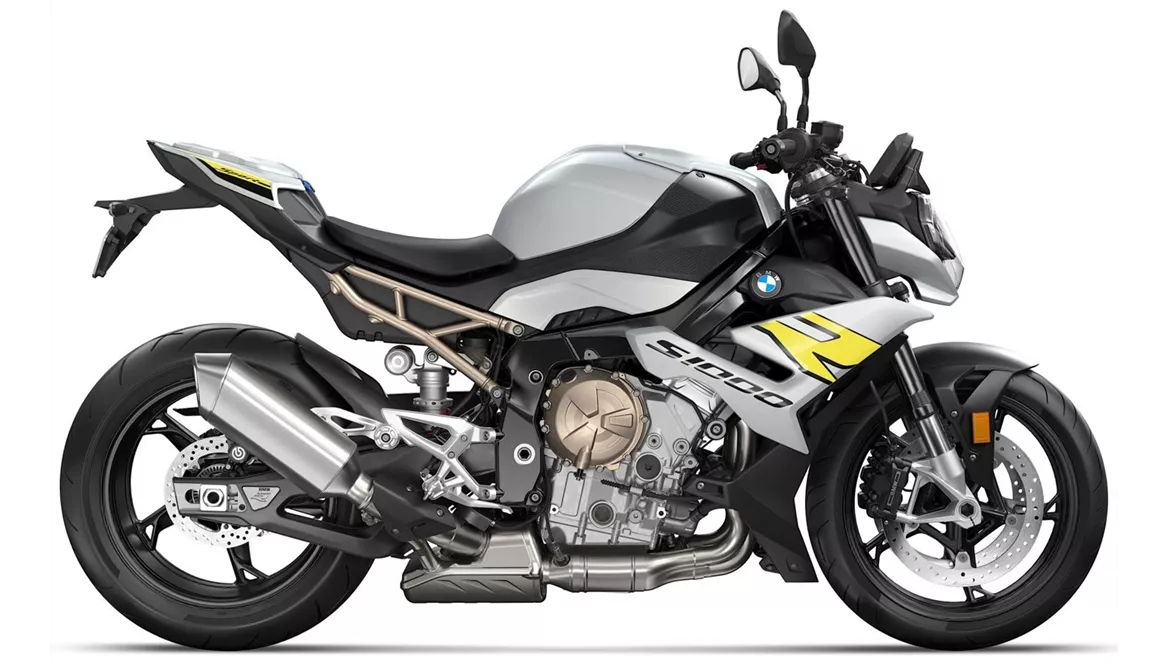
BMW S 1000 R 2022

Yamaha MT-07 2018
Overview - BMW S 1000 R 2022 vs Yamaha MT-07 2018
The BMW S 1000 R 2022 and the Yamaha MT-07 2018 are both naked bikes with similar engine types and cooling systems. However, there are significant differences in their technical specifications and overall performance.
In terms of engine power, the BMW S 1000 R 2022 outperforms the Yamaha MT-07 2018 with 165 HP compared to 75 HP. This makes the BMW S 1000 R 2022 significantly more powerful and capable of delivering a thrilling riding experience. The Yamaha MT-07 2018, on the other hand, offers a more modest power output suitable for riders who prefer a more relaxed and less aggressive riding style.
When it comes to torque, the BMW S 1000 R 2022 also has the upper hand with 114 Nm compared to the Yamaha MT-07 2018's 68 Nm. This means that the BMW S 1000 R 2022 has better acceleration and overall performance, especially in situations that require quick overtaking or high-speed riding.
In terms of suspension, the BMW S 1000 R 2022 features an Upside-Down telescopic fork, which provides better stability and control compared to the telescopic fork found on the Yamaha MT-07 2018. This gives the BMW S 1000 R 2022 an advantage in terms of handling and maneuverability, especially in corners and at higher speeds.
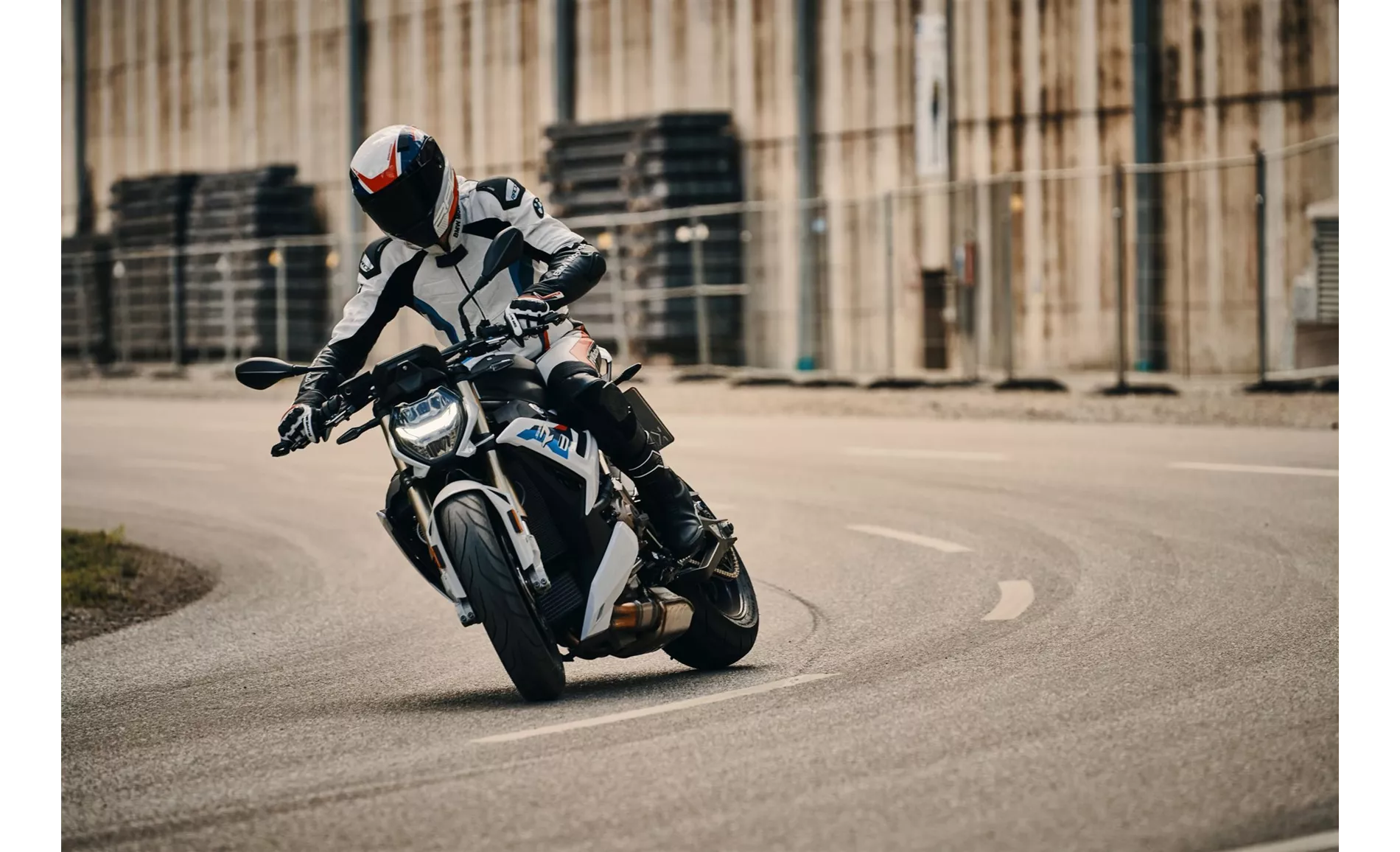
BMW S 1000 R 2022
Both bikes have double disk brakes at the front, offering powerful and reliable stopping power. This ensures that both the BMW S 1000 R 2022 and the Yamaha MT-07 2018 can come to a halt quickly and safely when needed.
In terms of dimensions and weights, the BMW S 1000 R 2022 has a slightly wider front tire (120 mm) compared to the Yamaha MT-07 2018 (120 mm). However, the Yamaha MT-07 2018 has a wider rear tire (180 mm) compared to the BMW S 1000 R 2022 (190 mm). The wheelbase of the BMW S 1000 R 2022 is also slightly longer at 1450 mm compared to the Yamaha MT-07 2018's 1400 mm. This may contribute to the BMW S 1000 R 2022's better stability and handling.
In terms of seating position, both bikes offer comfortable ergonomics. The BMW S 1000 R 2022 has a seat height of 830 mm, while the Yamaha MT-07 2018 has a slightly lower seat height of 805 mm. This may make the Yamaha MT-07 2018 more accessible to riders with shorter inseams.
In terms of weight, the BMW S 1000 R 2022 is slightly heavier with a kerb weight of 199 kg compared to the Yamaha MT-07 2018's 182 kg. However, the weight difference is not significant and is unlikely to have a major impact on the overall performance of the bikes.

Yamaha MT-07 2018
Both bikes have a fuel tank capacity that is suitable for long rides, with the BMW S 1000 R 2022 having a slightly larger capacity of 16.5 liters compared to the Yamaha MT-07 2018's 14 liters.
In terms of strengths, the BMW S 1000 R 2022 stands out for its powerful engine, strong brakes, comfortable ergonomics, good standard equipment, and extensive range of accessories. On the other hand, the Yamaha MT-07 2018 is praised for its extremely agile engine, very light handling, low weight, aggressively angular look, powerful brakes, comfortable seating position, and throaty sound.
However, both bikes have their weaknesses. The BMW S 1000 R 2022 is criticized for its sluggish shift assistant and optics that are not 100% coherent. The Yamaha MT-07 2018, on the other hand, has a chassis that is considered a little soft, footrests that drag quickly, some cheap plastic parts, a boring telescopic fork, and instruments that could be easier to read.
In conclusion, while the BMW S 1000 R 2022 and the Yamaha MT-07 2018 are both naked bikes with similar engine types and cooling systems, the BMW S 1000 R 2022 offers significantly more power, better suspension, and a range of strengths that make it a more high-performance option. However, the Yamaha MT-07 2018 has its own strengths and may be more suitable for riders who prioritize light handling, a lower weight, and a more relaxed riding experience.
Technical Specifications BMW S 1000 R 2022 compared to Yamaha MT-07 2018
Pros and Cons in comparison
Pros and Cons in comparison
BMW S 1000 R 2022
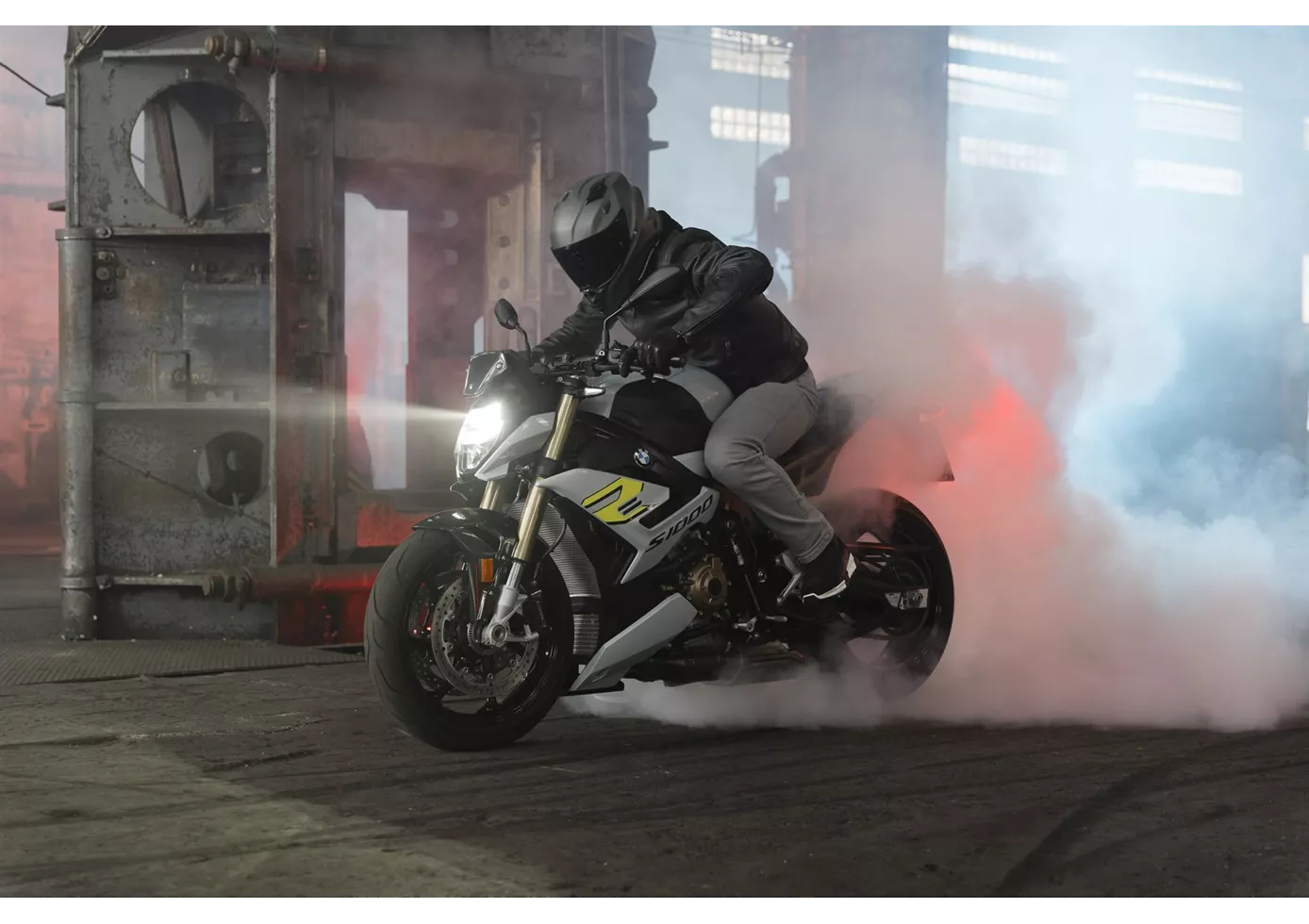
The seating position is sporty, but by no means uncomfortable, the brakes are powerful and the engine of the S 1000 R is at its best - perhaps even a little too homogeneous. There is also nothing to complain about on the riding side. Based on the pure performance data and the installed electronic features, the BMW probably has what it takes for the fastest lap time. And that on any kind of surface, because with the semi-active suspension you can eat up kilometre after kilometre on bad roads littered with potholes. Unfortunately, this feeling of superiority never really spilled over to the driver. Probably the downside of too much balance in all areas - at least in my Italophile eyes. The BMW lacked that certain something, the charisma, which is difficult to explain but arouses genuine emotions.
Yamaha MT-07 2018

The MT-07 is an incredible fun machine that is extremely sporty to ride. The brakes pack a punch, the handling is superb and the engine is currently by far the most agile power unit in this class - and even above. The light handling fits in perfectly and the aggressive design with its many corners and edges is also appealing. Only the chassis makes the typically good compromise between comfort and sport and should probably remind you that the affordable MT-07 also has a lot to offer beginners.
Price Comparison Avarage Market Price BMW S 1000 R vs Yamaha MT-07
There are a few key differences between a BMW S 1000 R 2022 and a Yamaha MT-07 2018. In terms of price, the actual average price of a BMW S 1000 R 2022 is about 167% higher. Compared to Yamaha MT-07 2018 there are less BMW S 1000 R 2022 bikes available on the 1000PS.de Marketplace, specifically 22 compared to 28. It takes less time to sell a Yamaha MT-07 with 54 days compared to 71 days for the BMW S 1000 R. Since model year 2014 1000PS.de editors have written 62 reviews for the BMW S 1000 R and 69 reviews for the Yamaha MT-07 since model year 2013. The first review for the BMW S 1000 R was published on 11/3/2013 and now has more than 17,300 views. This compares to more than 12,600 views for the first review on Yamaha MT-07 published on 11/4/2013.
